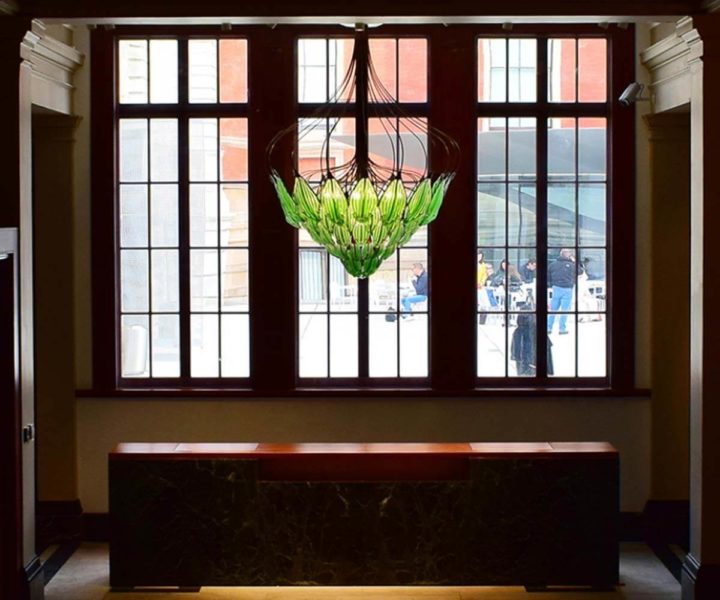when design gets inspiration from nature.
february, 2020
Cats “do stretching” every time they stand up after a nap, let’s assume 40 times a day. We, as humans, should learn from cats to be able to maintain our body elastic and healthy.
But what does cats have in common with aircrafts and design?
The nature that surrounds us instinctively grows, changes, uses resources to create and re-create always something useful. Humans should learn from it in order to live better. In their quest for new technologies that can truly improve our flight experience, designers are strongly committed to find inspirations from nature, always keeping an eye on sustainability and new biodegradable materials.
In this article we share some of the evidences from the Trendwatching report that made us enthusiasts.
As you can imagine, we are still in a preliminary, brainstorming phase, so we cannot spoil everything, also because most of the work is still to be imagined and designed.
Living nature is inspiring living materials.
Nature does not produce waste and uses resources in the most efficient way, doesn’t it? Then, in order to produce sustainable things, we should simply get the right inspiration from nature itself.
Biodesign and biomaterials are at the forefront in creating reusable, environmentally friendly, “alive” new objects, perfectly imitating nature. Sounds weird? Here below few real examples.
Artist Julian Melchiorri and the chandelier Exhale
Can you believe that this chandelier is alive? I mean…really alive?!
Its leaf modules are made also by living microalgae that purify the air through photosynthesis: when the light is on, it stimulates the absorption of carbon dioxide from the air and the release of oxygen.
It’s a chandelier, but in some way it is a plant too and it recalls how biospheric systems work.
Thinking of aircrafts:
Of course filters already purify the air in airplanes, but what if furniture was involved in a natural process? The wellness trend requests would be satisfied!
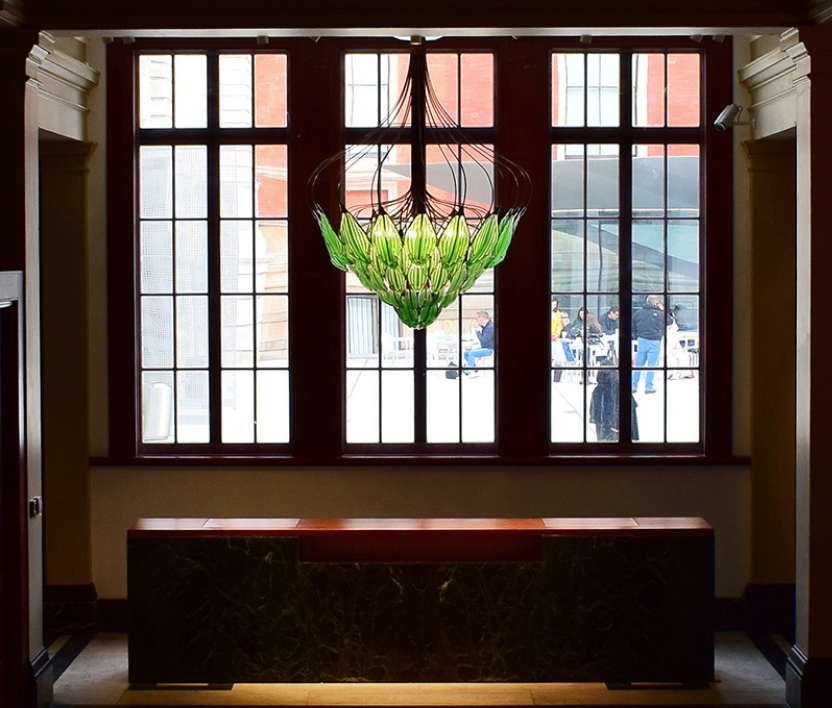
Vepa and the Plastic Whale collection
Following the principles of circular manufacturing, Dutch furniture company Vepa is working with Plastic Whale, the world’s first plastic-fishing company to create high-end office furniture.
Thinking of aircrafts:
Cabin components and upholstery could be made by recycling and re-using plastic waste and other materials coming from disposed aircrafts, giving birth to a sort of re-generated aircraft.
Reusable plastic and architecture: a new building material
French architect Arthur Mamou-Mani mixed polylactic acid (PLA), a renewable polymer made from starch vinegar and glycerine, with pulp derived from Douglas fir to create a base filament for the 3D-printers.
The result is a super light modular bio-bricks, able to support over two-tonne-worth of weight, that can be used for infrastructure roofs, partitions, flooring, and furniture.
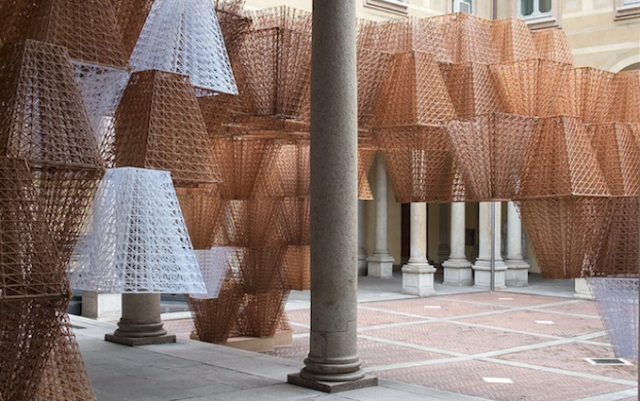
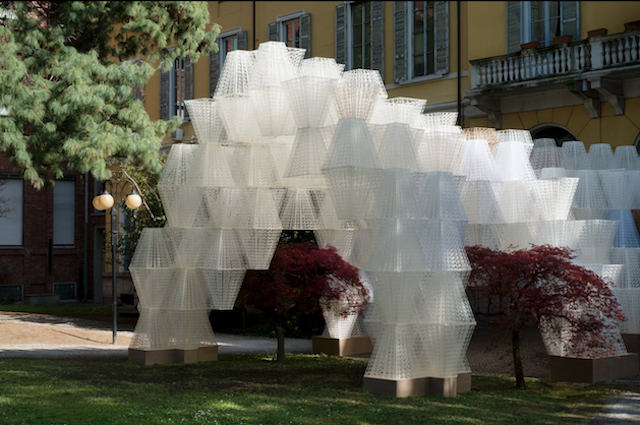
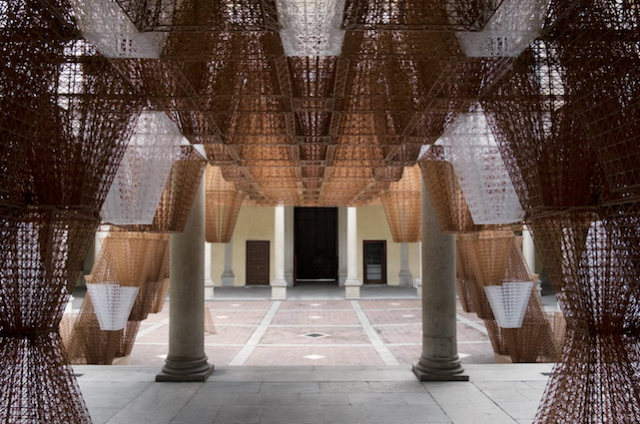
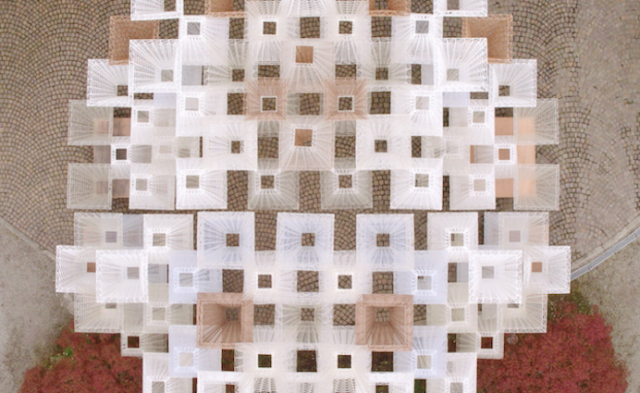
The aircraft designer's point of view.
Plastic makes things lighter (which for airplanes means a greater fuel-efficiency) and affordable for a larger part of the world population.
As future designers, we think we have to find a more conscious way to use plastic, reuse it, start using disposable plastic rather than demonise it.
Of course biomaterials are interesting and we are looking forward to discovering new powerful ways to build things.
Back to cats. Cats are selfish or let’s say very self-conscious. Next in-depth analysis will focus on this: how designers can create services and objects not only to fulfil our perceived needs, but also our body instinct? take a look at the next article about instinct customization.
Related Post
-
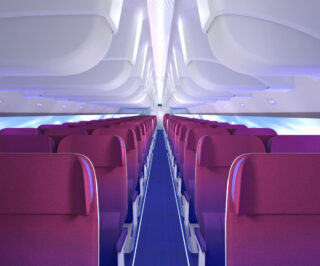 November 12, 2020
November 12, 2020RATIOS, the future of airplane cabins
-
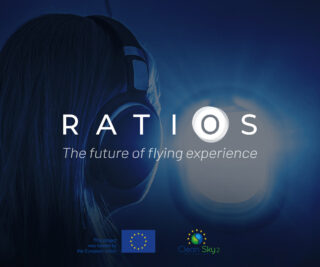 October 22, 2020
October 22, 2020A visionary future

